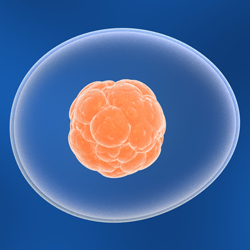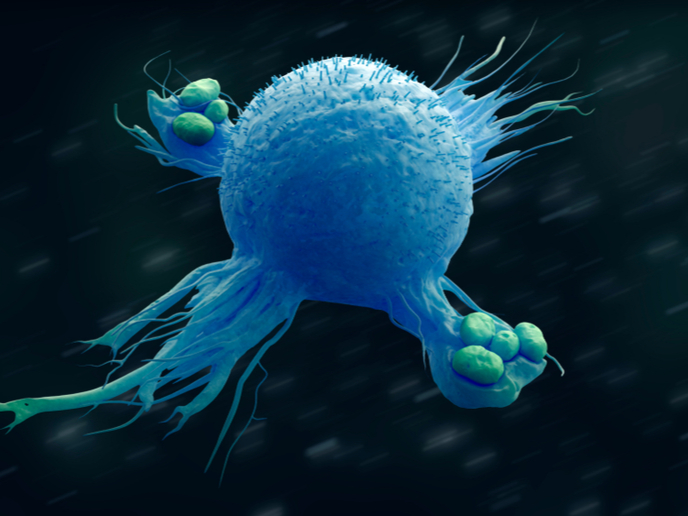Stem cell reprogramming
Pluripotent stem cells can divide indefinitely and differentiate to all somatic cells of the body. The discovery of direct cell reprogramming and induced pluripotent stem (iPS) cell technology opened up the possibility of non-viral, transposon-based gene delivery systems. However, the genes required for reprogramming integrate permanently into the genome of the host cells. This potentially disrupts functions of endogenous genes or even opens up the possibility of cancer developing. The EU-funded project 'Comparative stem cell research in mouse and humans' (INDUSTEM) tested a novel reprogramming method based on the sleeping beauty (SB) transposon. SB is a tool for genetic manipulations in mammalian cells by DNA elements that can 'jump' in and out of the genome by expression of transposases. iPS cell reprogramming was accomplished by transposition of Oct4, Sox2, Klf4 and c-Myc (OSKM) and OSKM + Lin28 (OSKML) expression cassettes mobilised by the SB100X hyperactive transposase. Mouse embryonic fibroblasts, human foreskin and foetal fibroblasts were used as a source for reprogramming. The efficiency of iPS cell derivation with the SB transposon system was in the range of that obtained with retroviral vectors. Co-expression of the miRNA302/367 cluster together with OSKM significantly improved reprogramming efficiency and accelerated the kinetics of reprogramming. The iPS cells displayed a stable karyotype, expression of stem cell markers and the ability to differentiate into embryoid bodies in vitro. Research demonstrated Cre recombinase-mediated exchange allowing for the simultaneous removal of the reprogramming cassette and targeted knock-in of an expression cassette of interest into the transposon-tagged locus in mouse iPS cells. This strategy would allow correction of a genetic defect by site-specific insertion of a therapeutic gene construct into 'safe harbour' sites in the genomes of autologous, patient-derived iPS cells. Project results were presented in several publications. Efficient differentiation protocols for the production of cardiomyocytes have been refined and improved as part of INDUSTEM efforts. Most importantly, they are now based on defined animal-product–free culture reagents — a prerequisite for future clinical applications.







